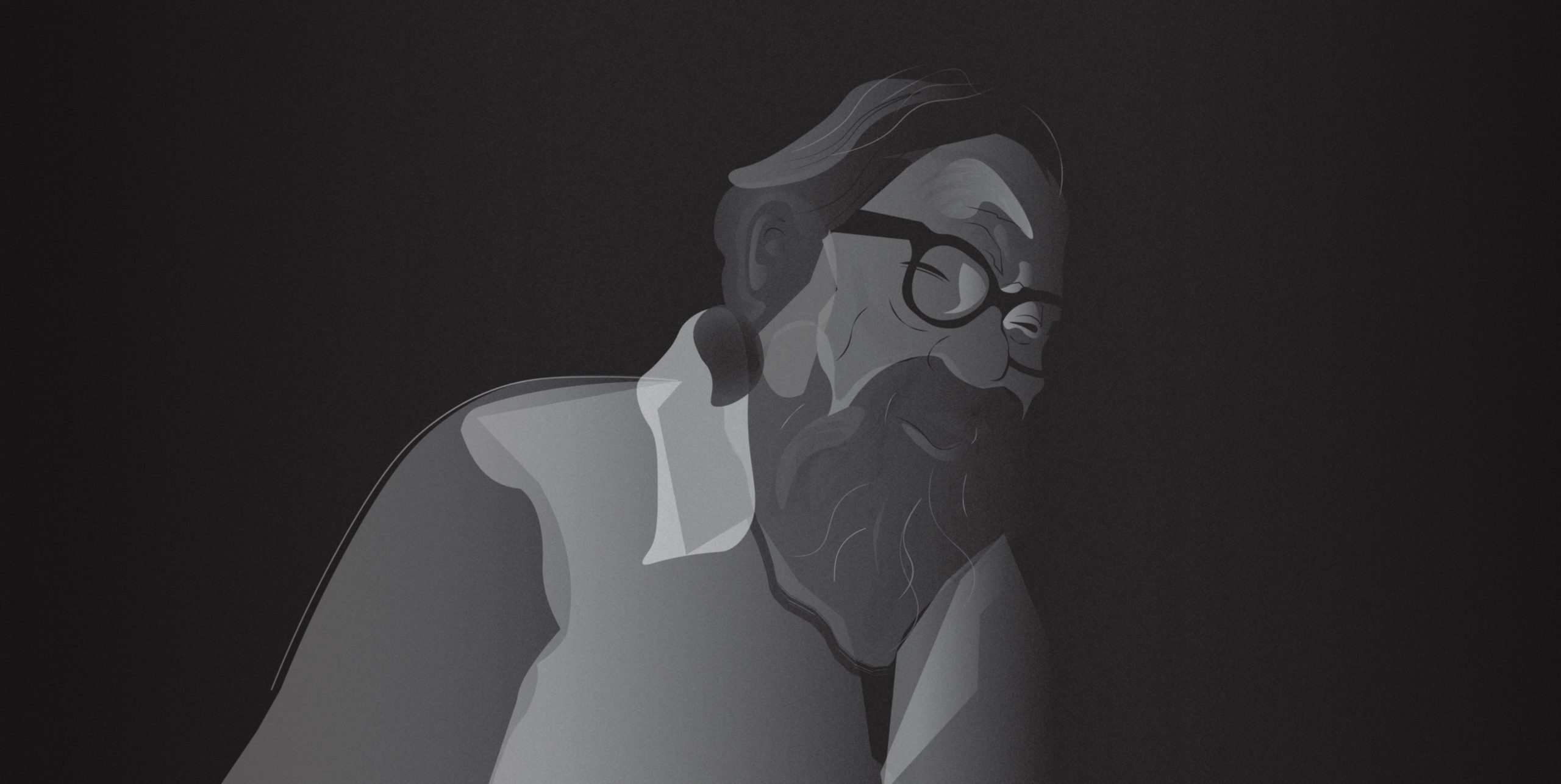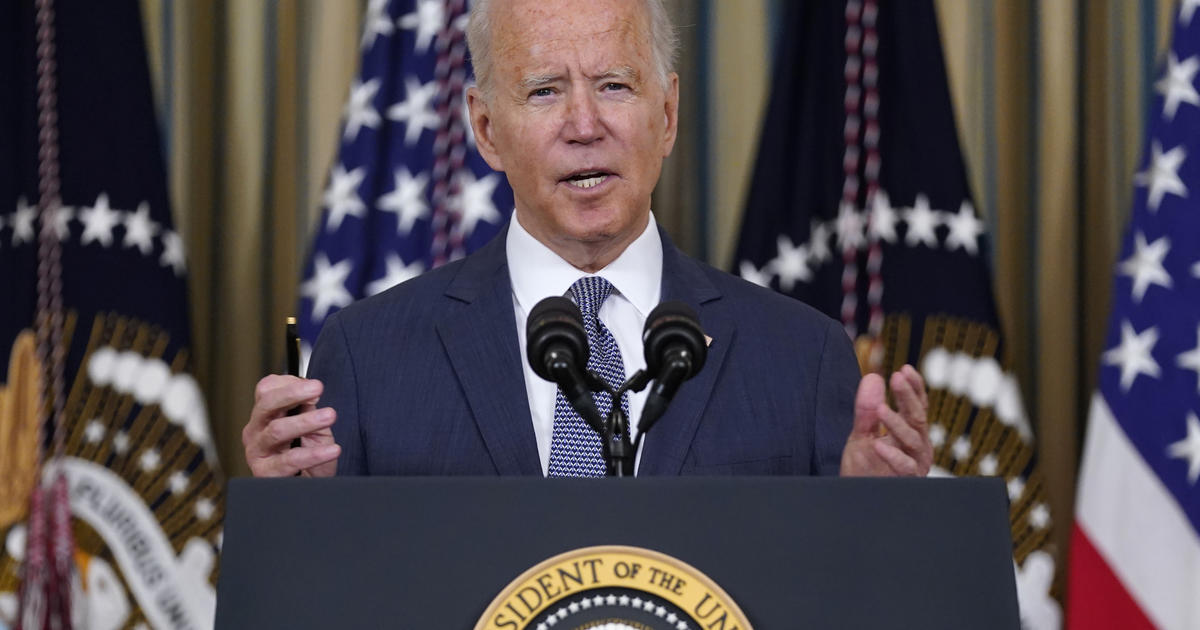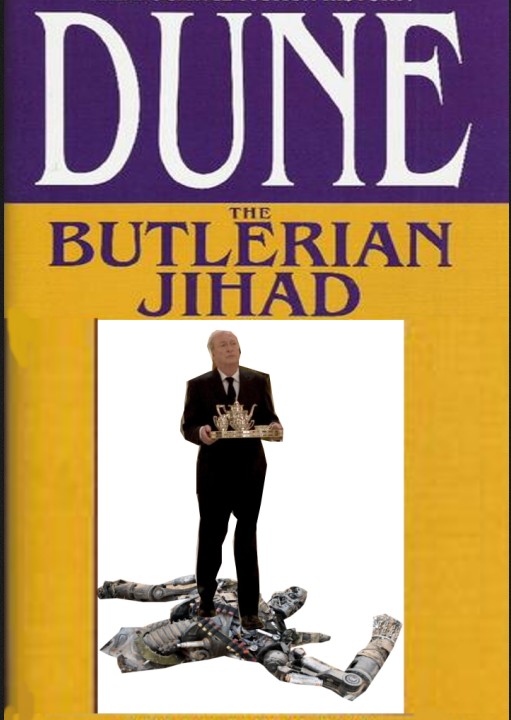
The Paradox of the American Labor Movement
Last year was widely hailed as a breakthrough for the American worker. Amid a historically hot labor market, the United Auto Workers and Hollywood writers’ and actors’ guilds launched high-profile strikes that made front-page news and resulted in significant victories. Strikes, organizing efforts, and public support for unions reached heights not seen since the 1960s. Two in three Americans support unions, and 59 percent say they would be in favor of unionizing their own workplace. And Joe Biden supports organized labor more vocally than any other president in recent memory. You could look at all this and say that the U.S. labor movement is stronger than it has been in decades.
But you could just as easily say that worker power in America is as low as it has been in nearly a century. Despite all the headlines and good feeling, a mere 10 percent of American workers belong to unions. In the private sector, the share is just 6 percent. After years of intense media attention and dogged organizing efforts, workers at Amazon, Starbucks, and Trader Joe’s still don’t have a contract, or even the start of meaningful negotiations to get one. Union membership is associated with higher earnings, better benefits, stable hours, protection from arbitrary discipline, and more—but most Americans haven’t had the chance to experience these advantages firsthand. In 2023, according to an estimate by the Economic Policy Institute, a progressive think tank, 60 million working people in this country wanted a union but couldn’t get one.
How can this be? The answer, as I learned during my 25 years working for the AFL-CIO, the nation’s largest federation of unions, is that the story of organized labor in America is really two stories. On the one hand, established unions—especially those that emerged in the 1930s, when labor protections were at their most robust and expansive—are thriving. On the other hand, workers who want to unionize for the first time can’t get their efforts off the ground.






















